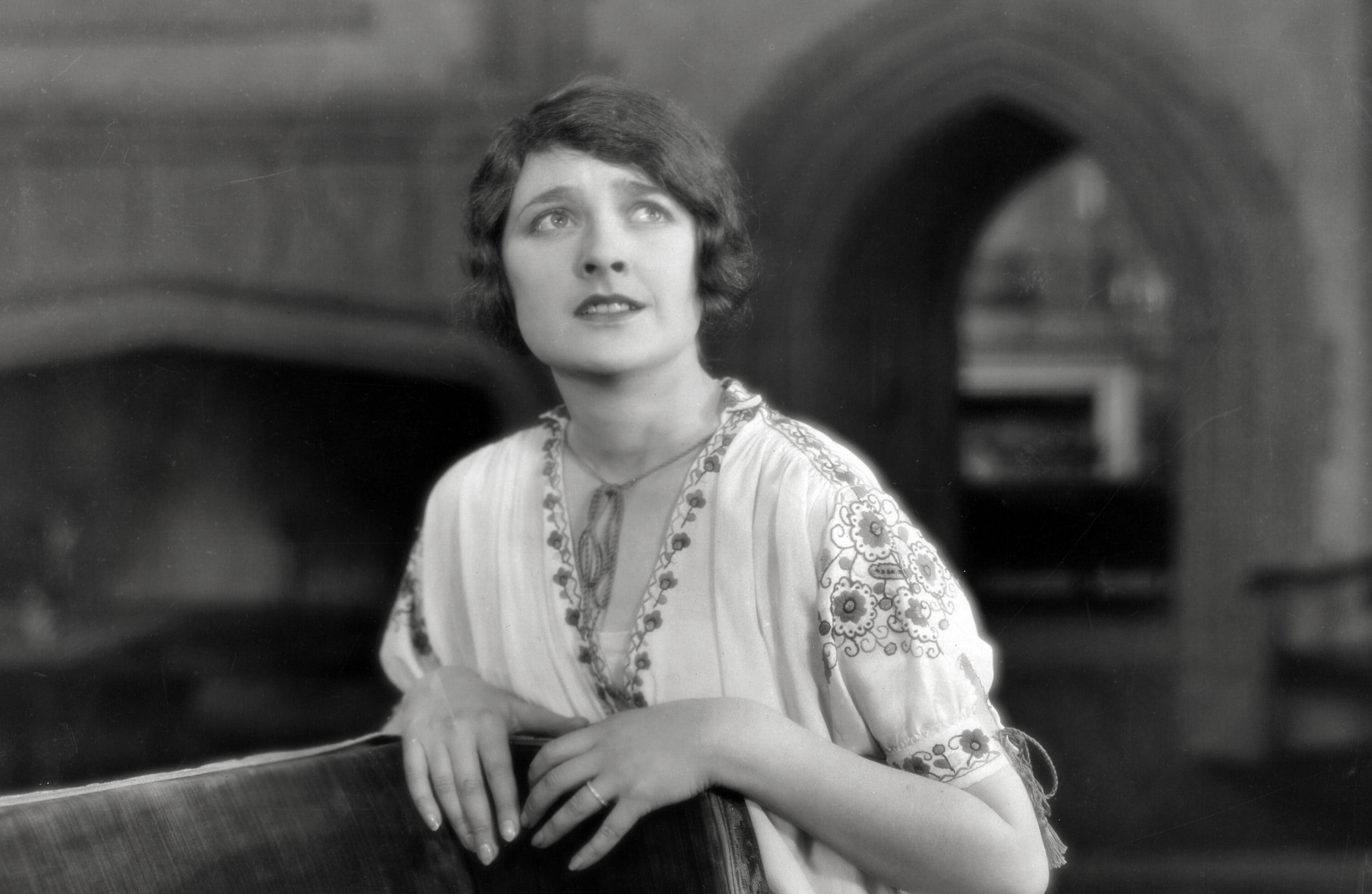The Circle

Brief Synopsis
Cast & Crew
Frank Borzage
Eleanor Boardman
Malcolm Mcgregor
Alec Francis
Eugenie Besserer
George Fawcett
Film Details
Technical Specs

Synopsis
In the waning years of the last century, Hugh Portenous, who was to have been the best man at the wedding of Lady Catherine to Lord Cheney, persuades Catherine to elope with him instead. Thirty years pass. Elizabeth, the wife of Lady Catherine's son, Arnold, invites Hugh and Catherine to the country for a visit. Elizabeth is thinking of running off with Edward Lutton and wants to see how well the marriage of her husband's parents has survived the years; what she sees drives her to elope with Lutton. Her husband impersonates the chauffeur, drives the couple to a secluded spot, and thrashes Lutton. He and Elizabeth then return home, resuming married life with a new understanding.

Director

Frank Borzage
Cast

Eleanor Boardman

Malcolm Mcgregor

Alec Francis
Eugenie Besserer
George Fawcett
Creighton Hale
Otto Hoffman
Eulalie Jensen
Crew

Film Details
Technical Specs

Articles
The Circle (1925)
Maugham originally wrote the play The Circle in 1917-1919, but it did not premiere on the stage until March 1921. During its initial London run it played for 181 performances and grossed an average of $20,000 per week. The critics admired the play as much as the public; Desmond McCarthy of the New Statesman called it "one of the best plays [Maugham] has yet written" and "one of the most cynical," arguing that it "represented a decided step on the road towards the creation of his genuine cynical masterpiece." During Maugham's lifetime, the play was revived in 1931 and 1944.
Maugham himself nurtured Hollywood ambitions, visiting in 1920 in an attempt to start a career as a screenwriter. Instead, the lucrative sale of rights to his literary works turned out to be his main avenue for success in the film industry. The most notable example of this is his 1921 short story "Miss Thompson," more commonly known as "Rain" thanks to its extraordinarily successful adaptations as a play and then as a series of films such as Sadie Thompson (1928) and Rain (1932). Maugham's 1927 play The Letter, which the author himself adapted from one of his short stories, was filmed in French, German, Italian and Spanish versions during the Thirties after the 1929 Hollywood version starring Jeanne Eagels. The Circle itself was adapted again as a sound film by M-G-M in 1930 under the title Strictly Unconventional.
During the period when Borzage filmed The Circle, Metro-Goldwyn's headquarters had acquired the nickname "Retake Valley" because of its policy under Irving Thalberg of having retakes shot by other directors at the studio's request after a film was finished shooting. This is to say nothing of the extensive reediting that the studio often performed after test screenings. As a result, directors felt that they had little control over their own work. A little over a month after The Circle began production, Borzage signed a new contract with Fox. Other high-profile directors to leave MGM around the same time included Erich von Stroheim and William Wellman. For Borzage, this proved to be one of the best decisions of his career; he went on to direct some of his greatest masterpieces at Fox, including Seventh Heaven (1927) and Street Angel (1928). But if The Circle seems like a detour today, it is still a side road worth exploring.
Director: Frank Borzage
Adaptation: Kenneth B. Clarke
Director of Photography: Chester A. Lyons
Art Director: Cedric Gibbons, James Basevi
Wardrobe: Ethel P. Chaffin
Principal Cast: Eleanor Boardman (Elizabeth), Malcolm McGregor (Edward Lutton), Alec B. Francis (Lord Clive Cheney), Eugenie Besserer (Lady Catherine); George Fawcett (Porteous), Creighton Hale (Arnold), Otto Hoffman (Dorker), Eulalie Jensen (Mrs. Shenstone).
BW-60m.
by James Steffen
Sources:
"The Circle." Variety, September 23, 1925.
"2 More Directors Leave M-G - Stroheim - Borzage." Variety, April 22, 1925 p.26
Burt, Forrest D. W. Somerset Maugham. Boston: Twayne Publishers, 1985.
Calder, Robert. Willie: The Life of W. Somerset Maugham. London: Heinemann, 1989.
Curtis, Anthony and John Whitehead, eds. W. Somerset Maugham: The Critical Heritage. London and New York: Routledge, 1987.
Dumont, Hervé. Frank Borzage: The Life and Films of a Hollywood Romantic. Trans. Jonathan Kaplansky. Jefferson, NC: McFarland, 2009.

The Circle (1925)
Quotes
Trivia
Notes
Remade in 1930 as Strictly Unconventional, q. v.














